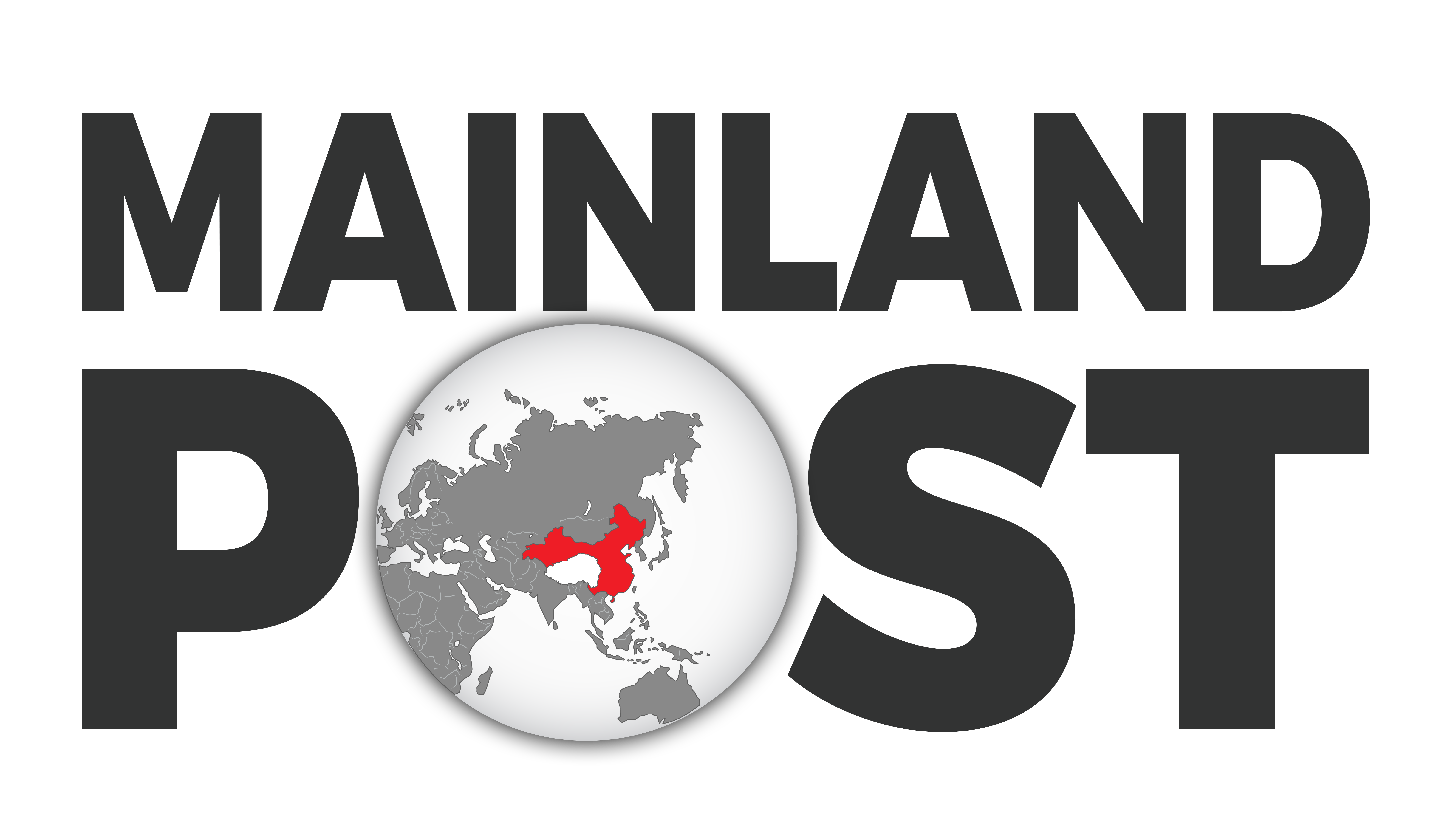November 12 marks East Turkestan Independence Day, commemorating the short-lived establishment of the East Turkestan Republics in 1933 and 1944 before their annexation by the People’s Republic of China in 1949. For Uyghurs and other Turkic peoples, the day symbolizes a continued struggle for cultural survival, religious freedom, and political recognition under Chinese Communist Party (CCP) rule.
A History of Suppression in East Turkestan (Xinjiang)
The Xinjiang Uyghur Autonomous Region (XUAR), known to many Uyghurs as East Turkestan, has been the focus of international concern over human rights abuses for more than a decade.
Since 2017, numerous credible reports including findings from the United Nations, Human Rights Watch, and Amnesty International—have documented widespread arbitrary detention of Uyghur and Kazakh Muslims in what the CCP calls “re-education centers.”
Estimates suggest that over one million Uyghurs have been detained, subjected to political indoctrination, forced labor, and, in some cases, torture and sexual abuse.
Satellite imagery and leaked government documents (the “Xinjiang Papers” and “China Cables”) provide evidence of the state’s surveillance and assimilation campaigns, which have included:
- The destruction or closure of thousands of mosques and Islamic shrines.
- The forced sterilization of Uyghur women.
- The separation of children from families into state-run boarding schools.
- The transfer of detainees into labor programs tied to global supply chains.
Environmental concerns have also risen as large-scale mining, cotton production, and desertification projects reshape the region, often displacing indigenous communities and degrading traditional Uyghur farmlands.
Parallel Struggles in Tibet
The Tibetan Autonomous Region (TAR) has faced similar forms of control and repression since the Chinese military’s entry in 1950.
Reports by advocacy groups and academic researchers describe systemic efforts to suppress Tibetan Buddhism, curtail language rights, and monitor monastic institutions.
Since 2009, at least 150 Tibetans have self-immolated in acts of protest against CCP rule, calling for the return of the Dalai Lama and cultural freedom.
Recent policies, including mass relocation of nomadic herders and the introduction of Mandarin-only education, mirror aspects of the CCP’s assimilation strategy in Xinjiang.
Human Rights Watch and other organizations have warned that these programs threaten the survival of Tibetan cultural and linguistic identity.
Shared Resistance and Global Solidarity
This year’s East Turkestan Independence Day theme (“United Against Erasure: From Tibet to East Turkestan, End the CCP’s Genocide”) calls attention to the shared experiences of repression faced by both Uyghurs and Tibetans.
Though geographically distant, the two regions are linked by policies of demographic engineering, cultural control, and economic exploitation under the CCP’s “ethnic unity” campaigns.
In recent years, diaspora communities, human rights organizations, and sympathetic governments have pushed for accountability.
The United States, European Union, and several parliaments including those of Canada and the Netherlands have recognized China’s actions in Xinjiang as genocide or crimes against humanity.
However, the Chinese government continues to deny these accusations, asserting that its policies are counterterrorism and poverty alleviation measures.




